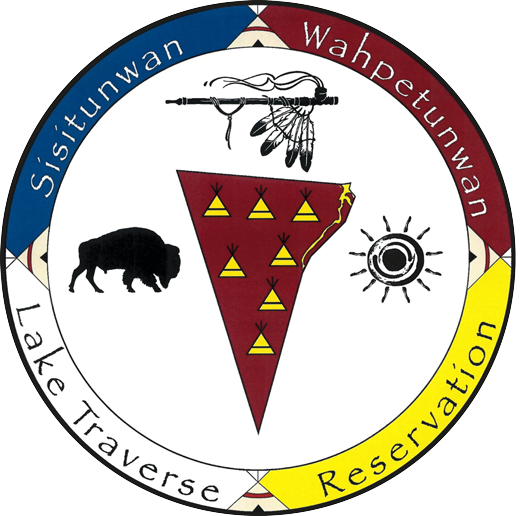Planning Provides a Vision for the Community Today – and What We want Our Community to Be in the Future
The Planning Office fosters reservation-wide strategic planning with tribal economic development, infrastructure systems development, and dedication of available resources for livability projects regarding community housing, roads, and tribal services.
Phone: 605-698-8215
Fax: 605-698-7054
Location: Tribal Administration Building – Quadrant A, 12554 BIA HWY 711, Agency Village, SD 57262
Planning and Economic Director - Matthew Thompson - 605-698-8218
The goal of planning is to maximize the health, safety, and economic well-being for all residents. This involves thinking about how we can move around our community, the businesses and attractions in our community, where we want to live, and opportunities for recreation. Most of all, planning helps create communities of lasting value. While architects often focus on a single building, a planner’s job is to work with residents and elected officials to guide the layout of an entire community or regions. Planners take a broad viewpoint and look at how the pieces of a community – buildings, roads, and parks – fit together like pieces of a puzzle. Planners then make recommendation on how the community should proceed. One of the greatest challenges for planners is to imagine what can and should happen to a community: how it should grow and change, and what is should offer residents 10, 15, or even 20 years into the future.
~ American Planning Association
The SWO Tribal Chairman has supervisory authority of the Planning Director. Planning has a governing body called the Reservation Planning Commission (RPC) which includes an elected member from each of the seven districts. The RPC Chairman is the Tribal Council ex-officio serving as Tribal Council Liaison.
Project concepts, feasibility studies, costs, business plans, grant applications and priorities are presented as recommendations to Tribal Council approval, funding allocations, and necessary authorities for implementation. The Tribal Executives administer tribal programs and the 10 member Tribal Council (7 Districts Council people and 3 Executives) legislate, budget, and represent the tribal membership.

